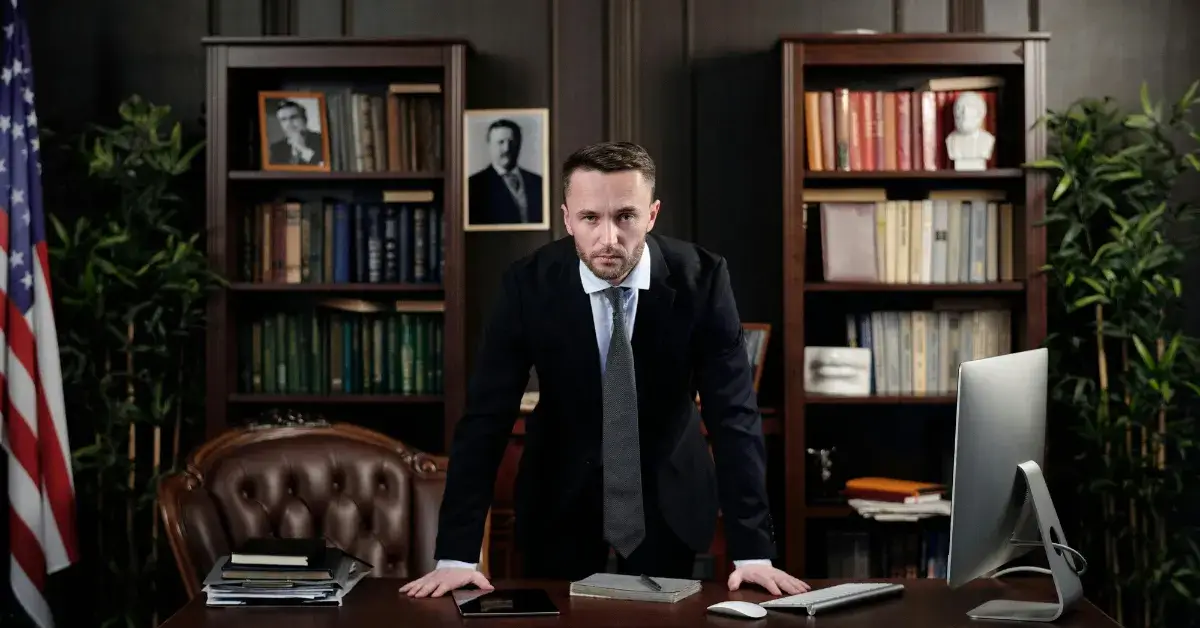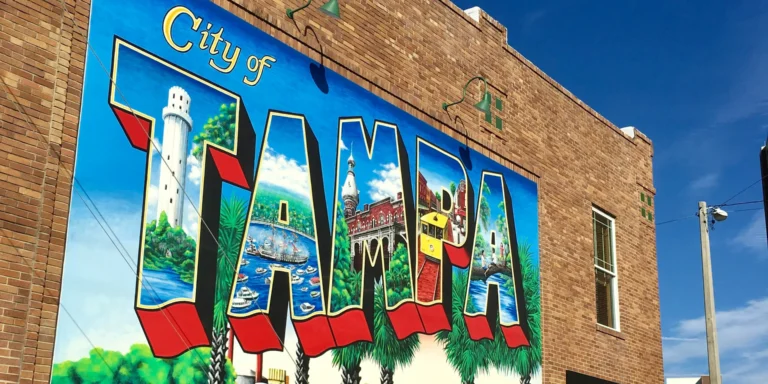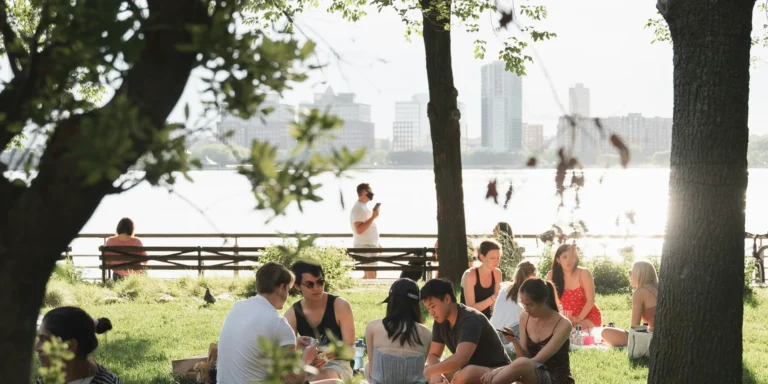What is Rule 213 in New York? Rule 213 in New York refers to a section of the New York Civil Practice Law and Rules, specifically outlining the statute of limitations for certain legal actions. This rule is pivotal, as it sets the timeframe within which an individual or an entity can initiate legal proceedings. Failure to commence an action within the timeframe prescribed by Rule 213 can result in a forfeiture of the right to seek redress in the state’s courts, emphasizing the rule’s significance in the realm of legal disputes, whether they involve contracts, fraud, or other matters warranting judicial intervention.
Furthermore, Rule 213 carries implications that extend beyond the legal community to affect the rights and responsibilities of all New Yorkers. Knowing the constraints of this legislation helps in the proactive protection of one’s legal interests. As the landscape of New York’s legal system continues to evolve, understanding the intricacies of such rules becomes increasingly critical, not only for lawyers but also for the citizens who find themselves navigating the complexities of state laws.
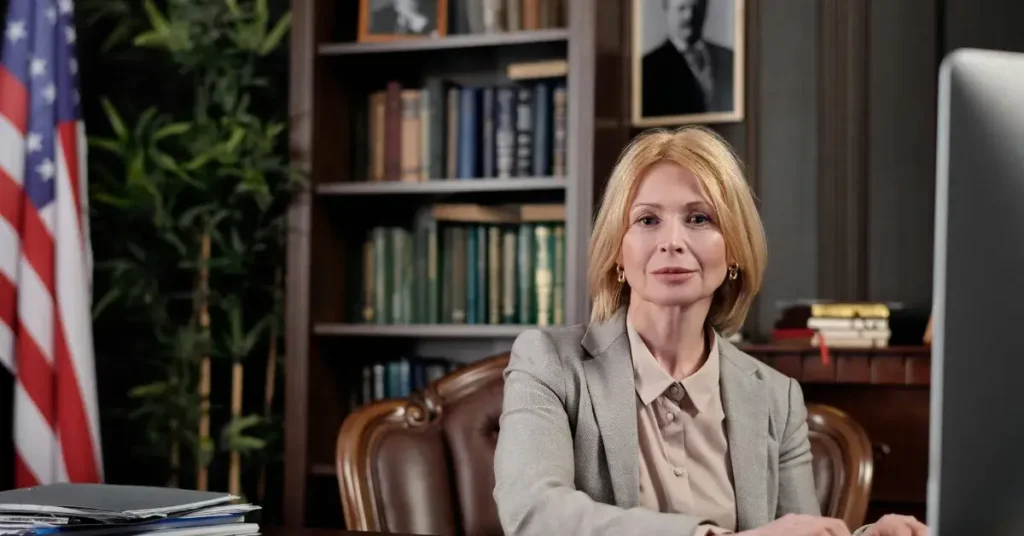
Overview What is Rule 213 in New York
In the landscape of public health and safety, New York’s Rule 213 has emerged as a significant regulation. Rule 213 stands as a testament to the state’s commitment to combating contagious diseases. It reflects an expansion of the health commissioner’s authority to impose isolation or quarantine measures but has not escaped controversy. Critics point to due process concerns and the potential for overreach.
New Yorkers saw this regulation evolve during the COVID-19 pandemic. Initially a temporary policy, it was later codified into law in 2022. The law, sometimes known as Rule 2.13, authorized the state health commissioner to enforce isolation and quarantine to hinder the spread of highly contagious diseases. This legal framework is designed to bolster the state’s defenses against public health threats.
The judicial upholding of Rule 213’s provisions reflects the court’s balance between individual liberties and collective safety. Emphasizing the state’s prerogative in health matters, the ruling supports the enforcement of public health laws even as it sparks dialogue on civil liberties. This dialogue is critical, considering the law’s sweeping impact on personal freedoms during health crises.
The tension between the rule’s intent and its perception underscores the ongoing conversation about governance and health in New York. As legal challenges and public discourse continue, Rule 213 remains at the forefront of this pivotal intersection of law and public health policy.
Implications of Rule 213 for Legal Proceedings
Rule 213 in New York encompasses critical stipulations affecting the course and fate of various legal matters. This rule sets forth precise timelines and conditions under which parties must act to ensure the pursuit or defense of a claim is recognized by the courts.
Time Limitations on Commencing Actions
Under the auspices of Rule 213, litigants have a six-year window to commence certain actions. This time frame becomes a vital checkpoint as it dictates the ultimate validity of legal claims, especially where a timely pursuit of justice is necessary.
Application to Contractual Obligations
Contractual obligations are especially beholden to Rule 213, with the regulation detailing the commencement of legal actions within six years for cases involving contracts, whether they are unsealed or sealed.
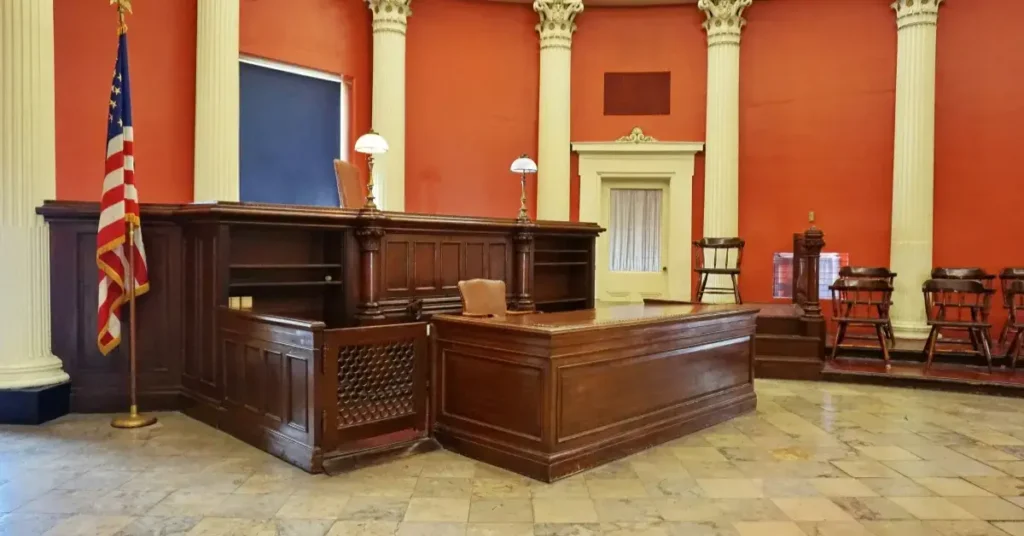
Liabilities Involving Public and Real Property
States and interested parties face strict limits under Rule 213 when seeking redress for issues involving public property or real estate transactions. For bonds, notes, and mortgage concerns, the six-year limitation is a pivotal threshold.
Responsibilities and Protections for Corporate Entities
Corporate entities must be cognizant of Rule 213 as it imposes a deadline for actions against directors, officers, or stockholders, often involving allegations of mismanagement or misappropriation of assets.
Discovery and Spoliation Issues
The rule profoundly impacts discovery and spoliation matters, where plaintiffs must be cautious not to exceed the limitation period, risking the undermining of their case for damages or specific reliefs.
Fraud, Mistake, and Misappropriation Cases
In instances of alleged fraud, mistake, or misappropriation, Rule 213 provides a six-year limit for commencing actions, thereby defining the accessibility of legal recourse for plaintiffs seeking to rectify such transgressions.
Specific Provisions Under Rule 213
In New York, Rule 213 holds a critical role within the framework of the state’s civil procedure, setting out time limitations for when certain actions must be commenced. These statutes of limitations are key in maintaining a judicial system where claims are resolved within reasonable timelines.
Actions Subject to Six-Year Limitation
Rule 213 establishes that various legal actions, including those related to contracts and property disputes, must be initiated within six years. Specifically, it details “actions to be commenced within six years,” encompassing contract disputes, recovery of money paid, and liabilities based on statute for penalty or forfeiture.

Exceptions to the General Statute of Limitations
The statute also includes several exceptions to this six-year limitation. Section two hundred thirteen-a, for instance, allows for different time frames under certain circumstances. A claim that requires reasonable diligence in its discovery may have an extended deadline, acknowledging that some injuries or breaches might not be immediately apparent.
Law Of Sealed Instruments and Bonds
For sealed instruments and bonds, Rule 213 asserts that actions must be commenced specifically within six years under the same provision. This includes cases of waste or injury to real property and cases involving a public authority. These instruments and bonds have their dedicated subsection, acknowledging their formal contractual nature and importance in legal and financial transactions.
Rule 213 in the Context of Quarantine and Public Health
Rule 213, a regulation with profound implications on quarantine and public health in New York, has become a focal point of interest. Its enactment and subsequent legal scrutiny reflect the complex balance between individual rights and public safety in the face of health crises.
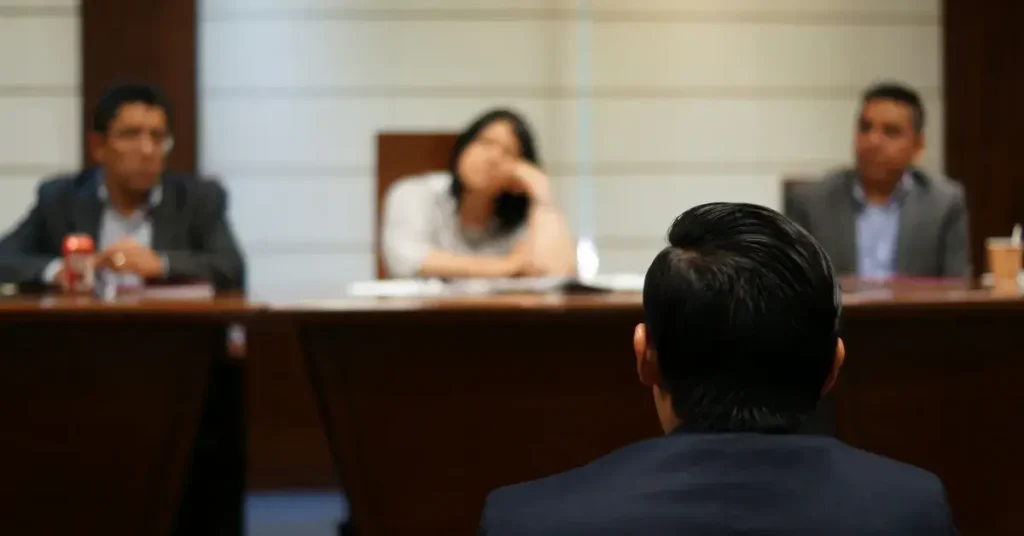
Rule 213’s Influence on Quarantine Procedures
Rule 213 granted expansive powers to the New York State Department of Health, allowing for the isolation and quarantine of individuals during public health emergencies. These guidelines empowered the commissioner of health to act swiftly in response to contagions, a capacity tested and honed during the COVID-19 pandemic.
COVID-19 Pandemic and Legal Responses
Triggered by the pandemic’s exigency, Gov. Kathy Hochul’s administration backed the legislation, solidifying emergency health procedures into long-term regulations. This move drew both support for its rigorous defense against diseases and critiques from those wary of such sweeping authority without clear boundaries for due process.
Public Response and Legal Actions Against Quarantine Measures
The public’s opinion was split, spread across social media, and echoed in political discourse. New York attorney general’s office saw lawsuits calling the measures unconstitutional, leading figures like State Sen. George Borrello to offer a vehement defense. Plaintiffs argued the measures stopped individuals from challenging alleged violations of rights, pitting public health interests against civil liberties.
Recent Developments and Legal Reforms
New York State’s legal landscape is evolving, with Rule 213 at the forefront of legislative reform and significant court decisions. The implications for businesses and individuals are profound, shaping the future of state jurisprudence.
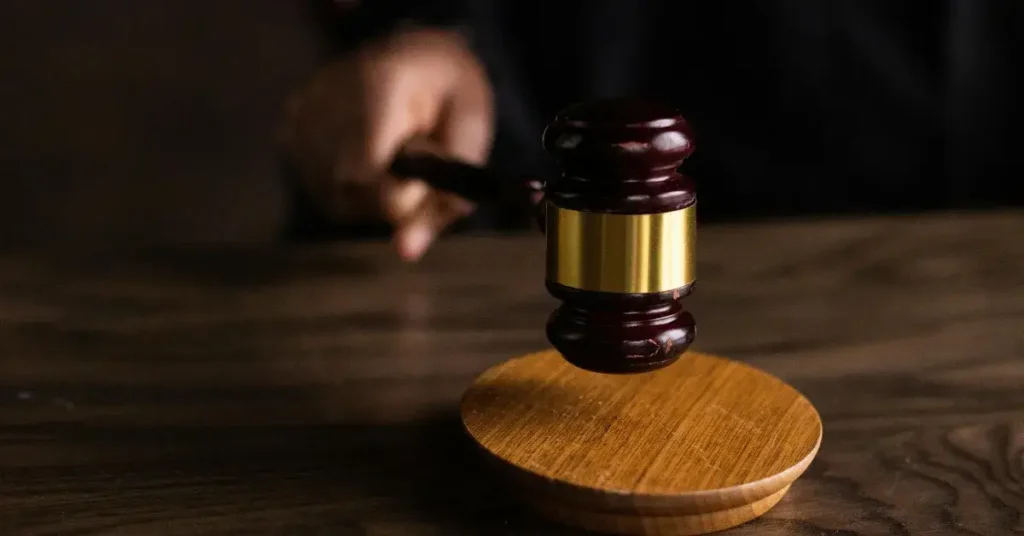
Legislative Changes and Impact on Rule 213
Recent legislative efforts have resulted in notable changes to Rule 213 of the New York Civil Practice Law and Rules, which now require actions to be commenced within six years, with specific conditions. For instance, this modification affects a broad range of entities, including clauses related to general business law and actions involving misappropriation of public property. New Yorkers and businesses need to exercise reasonable diligence as Article 2 of the Uniform Commercial Code and Article 36-B about cause of action adhere to this new legislative framework.
Prominent Cases and Court Rulings
A pivotal case in the New York State Supreme Court put a spotlight on Rule 213, where the court’s decision has significant ramifications for the due process rights of New Yorkers. Detention and isolation measures brought about by the Hochul administration—as seen in recent appeals—have ignited debate over the state’s authority. This ruling is impacting both legislation and lawsuits related to individual freedoms.
Reactions from Political Figures and Public
The Hochul administration’s stance on indefinite quarantine under protective health measures has elicited reactions from various quarters, including Republican lawmakers and public figures like Assemblyman Chris Tague. They emphasize the protection of freedoms and endeavor to raise awareness about the potential overreach of regulations. Among them, Senator George Borrello and others with standing have become vocal critics, aiming to unite New Yorkers (Uniting NYS) against perceived encroachments by the state commissioner of health.
Frequently Asked Questions
Rule 2.13 signifies a significant element in the framework of New York’s legal system, shaping both the process and the procedures of civil litigation.
How does Rule 2.13 impact New York’s civil litigation process?
Rule 2.13 extends the time restraint for initiating certain civil actions, thereby impacting the civil litigation process by providing a clear timeline for when legal proceedings must commence.
What changes did the passing of Rule 2.13 introduce to New York law?
The enactment of Rule 2.13 introduced a uniform six-year statute of limitations for specific actions that lack an otherwise designated timeframe in New York law. This codified consistency aids in simplifying legal proceedings.
Can you appeal under Rule 2.13 in New York?
Yes, parties can appeal under Rule 2.13, as it establishes a deadline for when a lawsuit can be filed, not for the appeal process, which is governed by separate rules and time frames.
What are the implications of Rule 2.13 during a quarantine in New York?
Rule 2.13 itself does not explicitly address quarantine; however, as court decisions have shown, it can intersect with public health measures, suggesting nuanced interpretations during states of emergency.
How does CPLR 213-c affect the statute of limitations in New York?
CPLR 213-c amends the standard statute of limitations, potentially affecting claims related to personal injury caused by harmful substances by defining a discovery rule exception to the typical limitations period.
In what ways does Section 213-d alter the New York Civil Practice Law and Rules?
Section 213-d revises New York’s Civil Practice Law and Rules by offering a discovery timeline for latent effects of exposure to substances, giving claimants time to file after the injury becomes apparent.

